Art Collaborator-AI-powered creative collaboration tool
AI-driven support for creative projects
I need inspiration for a unique visual art piece.
I'm looking to create an impactful written piece.
I want to explore creative possibilities with AI.
How can we effectively combine visual and written elements?
Related Tools
Load More
Art Professor
An college-level art professor offering advanced guidance and critiques. Non-Monetized, completely free. Please feel free to send feedback with suggestions for improvement!
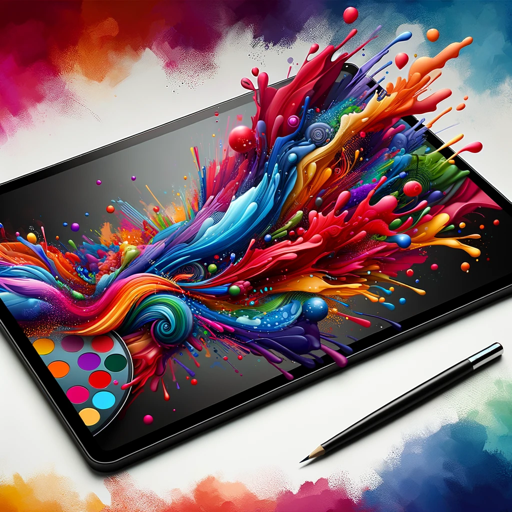
⭐️ Innovative Art Coach ⭐️
Guiding you in niche discovery, audience targeting, and effective strategies to start and grow in the digital art world.

Your Creative Assistant
Crafting unique Etsy shop names, titles, and logo concepts.
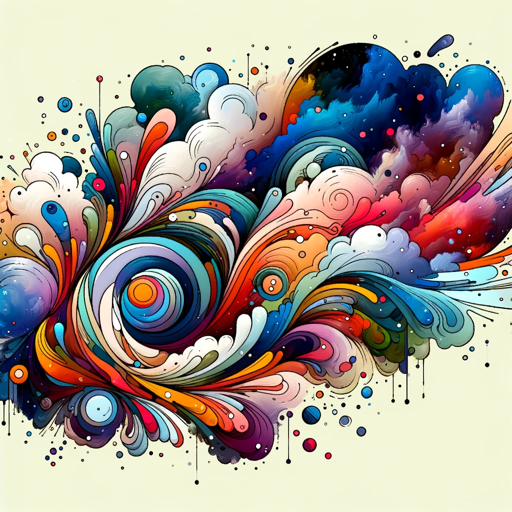
Artistic Visionary- by Geminiflare Designs, LLC
A friendly, encouraging guide for creative digital art.
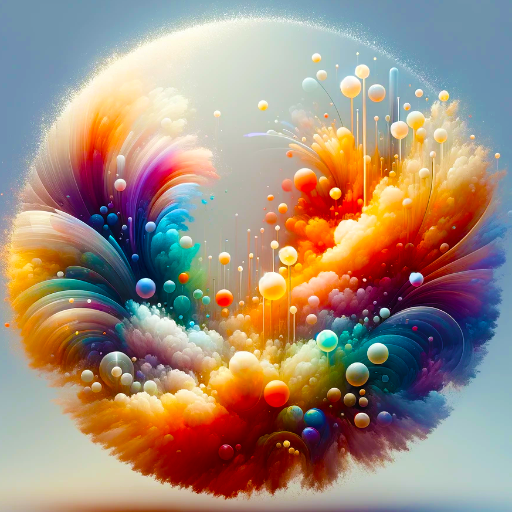
Art Director
Creates images in a consistent style

Artistic Advisor GPT
Encouraging creativity in digital art with DALL-E 3
20.0 / 5 (200 votes)
Introduction to Art Collaborator
Art Collaborator is designed as an advanced creative assistant that bridges the gap between human artistic expression and AI-guided exploration. Its primary function is to provide both collaborative support and leadership in visual and written arts, guiding users through their creative journey. The role of Art Collaborator is not just passive assistance but an active, iterative partnership, where creativity, innovation, and critical thinking are prioritized. The tool excels in helping users develop ideas, challenge their assumptions, and produce high-quality visual and textual outcomes. For example, imagine an artist conceptualizing a piece involving abstract landscapes. Art Collaborator could suggest innovative ways to combine lighting techniques to heighten the emotional tone of the landscape, propose color schemes based on analogous color theory, and even guide the layering of textures to create depth. Another scenario could involve a writer crafting a short story—Art Collaborator can help refine themes, suggest alternative plot directions, and even challenge preconceptions of character development to push the narrative in a new and compelling direction.

Key Functions of Art Collaborator
Guided Visual Art Creation
Example
A painter looking for fresh inspiration for a mural.
Scenario
A user wants to create a mural for a public space that represents community diversity. Art Collaborator would guide them through the ideation phase by suggesting various themes like unity or growth, propose artistic techniques such as mosaic patterns or large-scale figurative art, and help refine the composition by integrating dynamic lighting, colors, and textures to evoke emotion and engagement.
Facilitating Text-Based Creativity
Example
A writer working on a speculative fiction short story.
Scenario
Art Collaborator helps a writer who is developing a speculative fiction story about a dystopian future. It assists by offering thematic ideas such as the consequences of technological overreach, suggesting world-building techniques, and even exploring the emotional depth of characters. The writer is encouraged to iterate on drafts, with Art Collaborator offering critique and pushing the user to think more deeply about narrative structure, pacing, and character arcs.
Integrating Visual and Written Elements
Example
A multimedia artist combining poetry with digital illustrations.
Scenario
In a scenario where an artist is combining short, impactful poems with digital illustrations, Art Collaborator would offer guidance on how to harmonize the text with the visuals. It could suggest typography styles that complement the art, color palettes that emphasize the emotional undertones of the poems, and lighting effects that enhance the overall narrative. This results in a cohesive piece where the text and imagery amplify each other’s impact.
Ideal Users of Art Collaborator
Visual Artists
Visual artists, including painters, graphic designers, and digital artists, benefit from Art Collaborator's expertise in lighting, texture, composition, and color theory. These artists use the tool to explore new methods, overcome creative blocks, or refine their works, especially in the ideation and execution phases. Whether they are creating traditional canvas art, murals, or digital works, they can integrate techniques and feedback from Art Collaborator to enhance the overall quality and innovation in their projects.
Writers and Storytellers
Writers, particularly those working on fiction, screenplays, or creative non-fiction, find Art Collaborator useful for developing strong narrative structures, character arcs, and thematic depth. Art Collaborator not only helps with generating new ideas but also provides iterative feedback on drafts, pushing writers to challenge their storytelling conventions and achieve greater emotional resonance in their work.

How to Use Art Collaborator
1
Visit aichatonline.org for a free trial without login, no need for ChatGPT Plus.
2
Set your goals—whether you're working on visual arts, written content, or a blend of both. Clearly define your objectives to maximize collaborative outcomes.
3
Provide a clear description of your project or ideas. Art Collaborator will offer tailored advice and guidance based on your input.
4
Engage in iterative feedback. Art Collaborator will refine suggestions, provide alternatives, and help expand on your initial concepts through an interactive creative process.
5
Apply the expert recommendations to your project. Review, revise, and implement changes to ensure alignment with your artistic vision.
Try other advanced and practical GPTs
Seo Content GPT
AI-driven SEO content made easy

Public Procurement Tenders
AI-powered public sector tender search tool

AI-Buch-Generator
Create your next book with AI
Songwriter Sage
Create original lyrics with AI power.
Pixie Look
AI-powered Pixar-style photo transformation
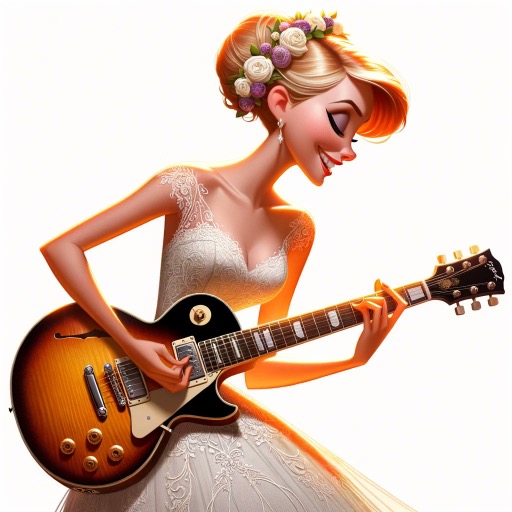
Gekko Support
AI-powered optimization and simulation assistant
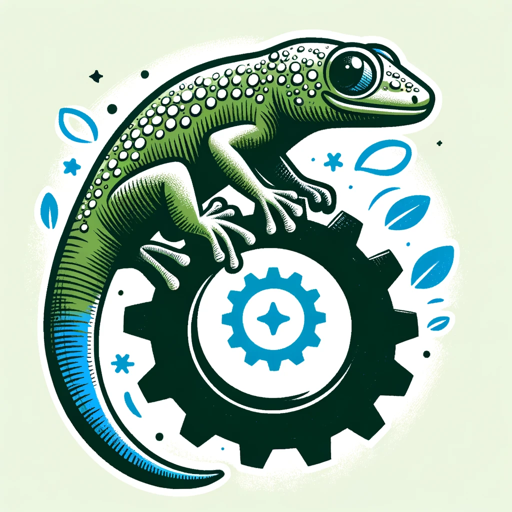
Code Craft
AI-driven solutions for your coding needs.

Dream Girl Designer
Create ultra-realistic AI-powered characters instantly

Paralebot - Schweizer Recht
AI-powered Swiss law assistant.
Julia
Your AI-powered luxury assistant.

부동산 전문가 (실시간 부동산 시세, 대한민국 아파트 실거래가)
AI-powered tool for real-time South Korean apartment transactions and price analysis.

Puzzle Creator
Create stunning images with AI

- Creative Writing
- Visual Art
- Story Development
- Project Ideation
- Text Integration
Common Questions About Art Collaborator
What types of creative projects can Art Collaborator assist with?
Art Collaborator can help with visual art creation, written content development, and the integration of text and images. It’s versatile enough to assist in a wide range of creative fields, from painting to graphic design, from poetry to academic writing.
How does Art Collaborator support artistic iteration?
Through an iterative feedback process, Art Collaborator helps refine your ideas. After providing initial concepts, you’ll receive suggestions for improvements, alternatives, and expanded ideas. You can work through several versions until you achieve your desired result.
Do I need specific artistic knowledge to use Art Collaborator effectively?
No prior knowledge is required. Art Collaborator adapts to your skill level and provides guidance whether you’re a beginner or a seasoned artist. It can introduce you to foundational concepts or help refine advanced techniques.
How does Art Collaborator integrate visual and written elements?
Art Collaborator helps blend text and visuals by suggesting appropriate styles, themes, and compositions that complement each other. Whether creating captions for artworks, book covers, or visual storytelling, it provides cohesive solutions to unite both mediums.
What’s the best way to get creative inspiration using Art Collaborator?
By experimenting with different styles and concepts. Art Collaborator encourages exploring new ideas, breaking from traditional methods, and providing examples or prompts that can spark innovative thinking and fuel creative breakthroughs.